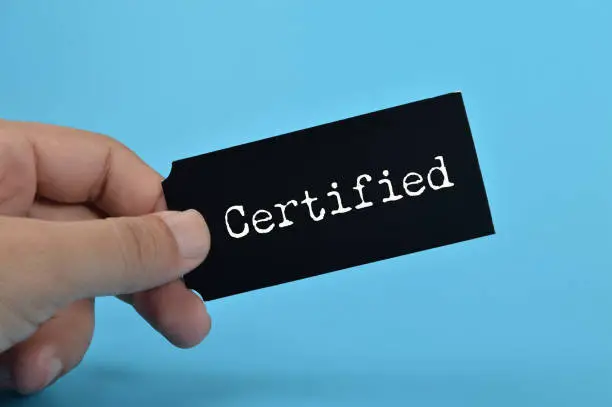The grant proposal’s Needs Statement serves as its centerpiece. It is the part of your grant proposal where you can pique readers’ interest by outlining an intriguing scenario or outlining an intriguing opportunity, evoke their empathy by helping them visualize your intended beneficiaries and the struggles they face, or arouse their indignation or sense of justice by providing startling statistics. Needs Statement is also called Statement of Need.
The problem(s) that your application is intended to solve are described in the need statement. It ought to inform the reader of the gravity of the issue in your neighborhood. Keep in mind that funders want to use their money to solve significant problems with meaningful answers.
The secret is to create a need statement that precisely describes a situation that demands immediate care. You should presume that the readers (review panel) are ignorant of the pertinent difficulties and issues in your neighborhood.
Your task is to provide them concrete evidence that your community needs the planned program you are proposing and that your organization is best suited to deliver it.
Tips for writing a Needs Statement for a Grant Proposal outlined below;
- Do not assume that everyone understands the need for your program as well as you do. Even if it seems obvious to you, take the time to carefully describe the problems and support your arguments with hard evidence.
- Also, avoid using bold emotional statements that can not be supported by the data you are presenting. This will give the impression that you are exaggerating the real need or that the problem is too overwhelming.
- Disallow overwhelming the reader with a lot of national, regional or statewide data. Use this kind of data as background information only. The most convincing data will be local area data that describes the need of your target population.
- Don’t talk about how much money is needed for your organization while describing the need. Do not claim that you require the money to keep running your business.
- The support of community-needed programs is the funder’s top priority. Focus on the requirements of your neighborhood.
- Avoid describing the need in terms of the absence of a program similar to the one you are recommending. When you use this type of reasoning, you aren’t really providing any proof that your application or solution is required by your community. You are only trying to prove that a program similar to yours doesn’t exist.
- Be careful not to utilize criticism of other NGOs or agencies as a key justification when defining the “need.” It is challenging to argue that you should receive funding since “the other guys” are not performing well. Do not threaten that the community would suffer if we do not receive financing for our initiative. That strategy typically exaggerates the issue or the requirement. Additionally, it frequently exaggerates your capacity to influence social change.
- For the majority of projects, a need statement of 1 or 2 pages should enough.
- Use basic sentences, often used vocabulary, and brief paragraphs to make the need statement easy to understand.
- Steer clear of technical terms that your readers might not understand.
- Make sure your language conveys the gravity of the issues and demands you’ve outlined. Don’t overdo it; just convey a sense of urgency.
- Use straightforward, easy-to-understand figures, charts, or tables to present your facts.
- Include a map showing the location of the community where the need is present.
- List your data sources and add any required supplementary materials as an appendix.
- Ensure that you connect the need you’ve identified with the advantages of your program with one or two sentences. Describe in detail how your program meets the need in an effective manner.
- If your plan is a continuation of an already-running program, you should provide data on the beneficiaries.
Writing a compelling Needs Statement involves following the above guidelines. Without a persuading Needs Statement, funders may not be able to fund such projects.
Kindly share your view, comment and question below.






